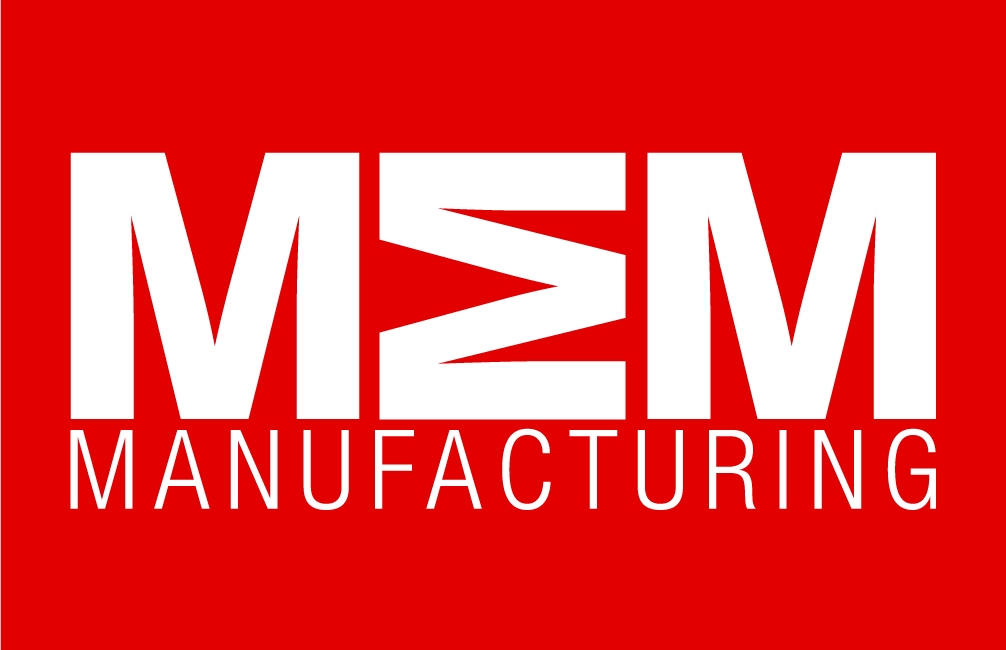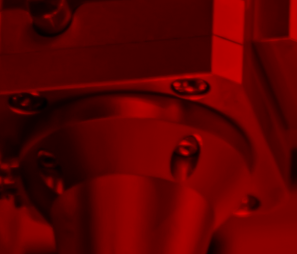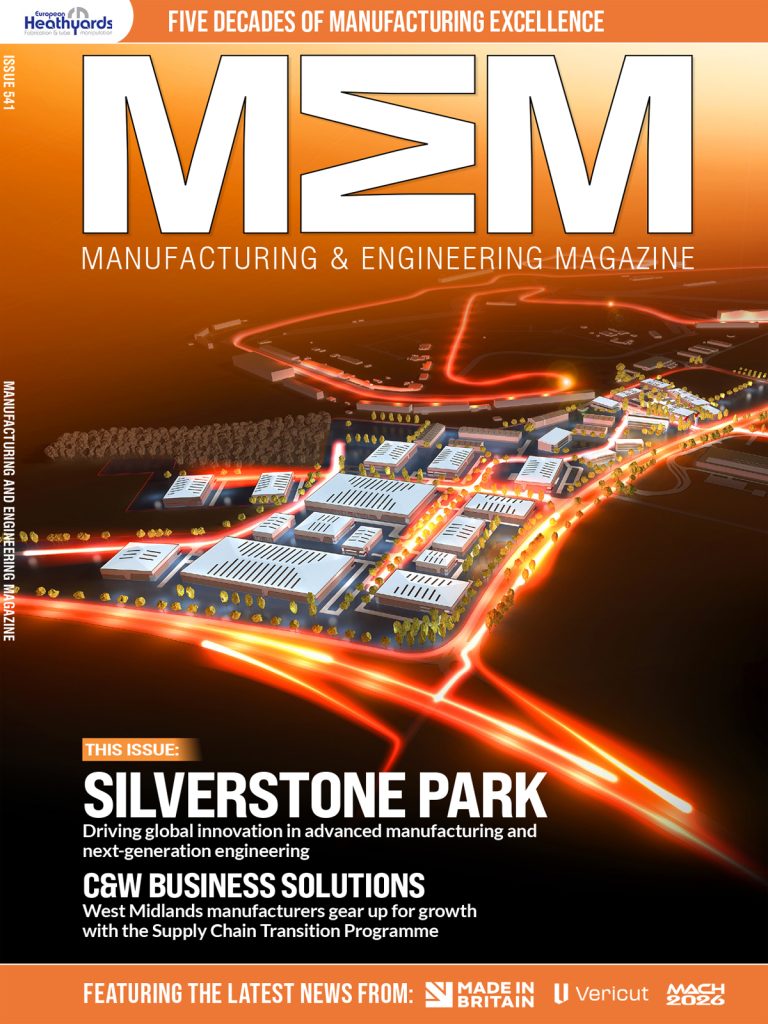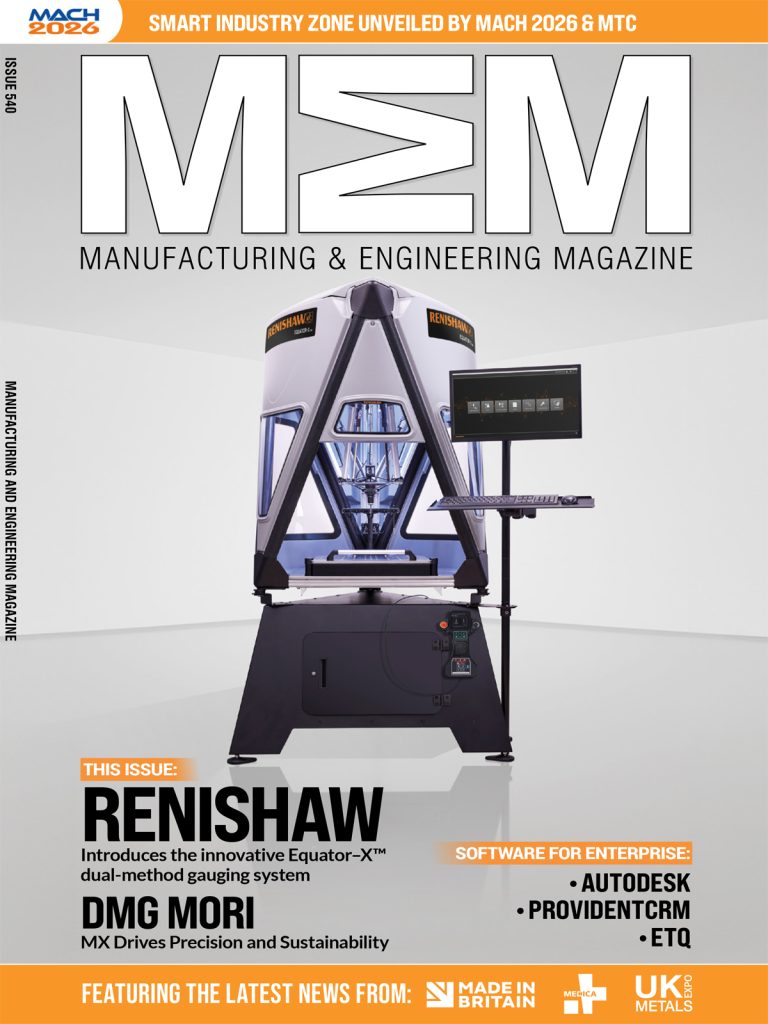Global composites manufacturer Exel Composites has released a new whitepaper to update the transmission and distribution industry on advances in composite conductor core technology. The pultrusion leader draws on multiple reference cases with conductor manufacturers and transmission system operators (TSO) to show the opportunities that reconductoring existing power lines with carbon fiber cores brings to ageing grids globally.
The whitepaper analyzes and quantifies the benefits of high temperature, low sag (HTLS) conductor against the condition of the world’s electrical transmission infrastructure. Over 40 per cent of Europe’s grids are more than 40 years old, while more than 50 per cent in North America exceed 30 years of age.
Heini Kloster and Antti Hassinen, the authors of the whitepaper, are the product manager for conductor cores and the senior manager for product management at Exel Composites respectively. To help drive development and contribute to conversations around this grid-enhancing technology, the two are active members of organisations such as The International Council on Large Electric Systems (CIGRE) and the International Electrotechnical Commission (IEC).

“Replacing transmission line conductors with HTLS conductors, especially with composite cores, represents an immense opportunity to modernize the world’s electrical grids without the problems that face all countries. Namely, the great cost of building new infrastructure, the delays associated with planning and environmental permissions, and the need to integrate decentralized renewable energy sources quickly,” explained Hassinen.
“We’re talking about doubling transmission capacity, in a fraction of the time required to build entirely new lines, with much less red tape,” emphasised Kloster. “This whitepaper sets out the most compelling case that I’ve seen for the role of advanced conductors with composite cores in the vital upgrades to electrical infrastructure across the globe.”
In late 2024, Hassinen and one of the IEC Technical Committees (TC 7) published the Technical Specification 62818-1, which provides a unified testing and qualification framework for composite conductor cores, independent of the structural design of the core. This gives TSOs the ability to compare commercially available solutions on an even playing field, further encouraging uptake.
“We stand on the precipice of enormous change,” concluded Hassinen. “TS 62818-1, developing technologies like multi-wire carbon fiber cores, rising demand for data centers and electric vehicles, and greater need to integrate renewable energy sources all point towards major attention for composite conductor cores in coming years.”
Download the free composite conductor cores whitepaper from Exel Composites to stay ahead of the competition in power transmission. You can also view Hassinen and Kloster’s webinar on conductor cores here.
Manufacturing & Engineering Magazine | The Home of Manufacturing Industry News















